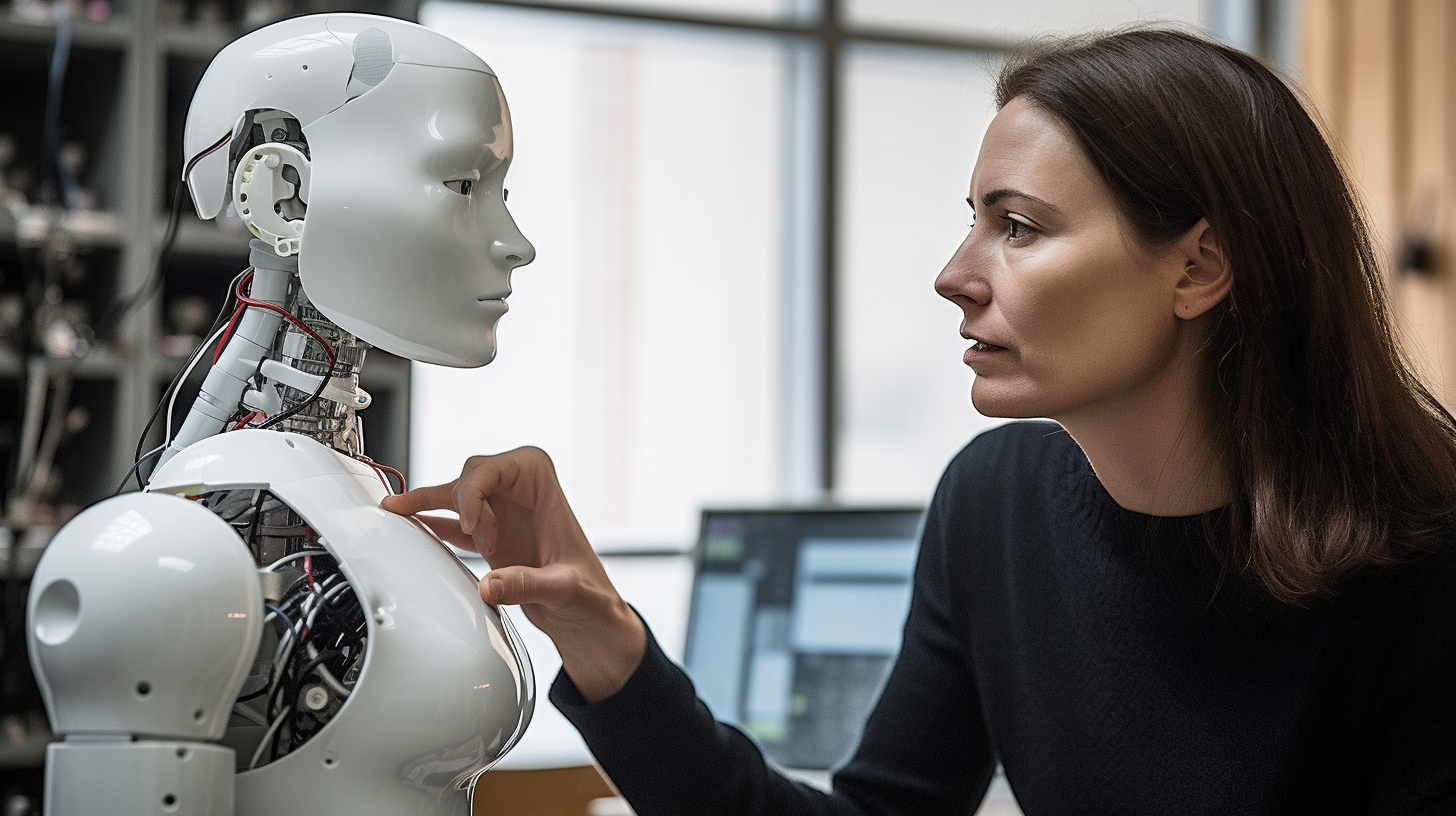The Blurring Line: AI, Truth, and the Evolution of Deception

In recent years, the exponential growth of artificial intelligence (AI) and machine learning has transformed the way we interact with technology. From virtual assistants to autonomous vehicles, AI has become deeply integrated into our daily lives. However, this rapid advancement brings with it a growing challenge: the increasingly difficult task of determining what is real and what is not. As we delve into the realm of AI-generated content, we find ourselves facing a new age of deception. But perhaps there are lessons we can learn from nature's own struggle with falsehood.
Unmasking Deception in Nature

As I immersed myself in the pages of Richard Dawkins' enlightening book, "The Selfish Gene," I stumbled upon a fascinating concept. Dawkins highlights how genes have evolved to aid animals in picking up on non-truthful behavior during courting rituals. In the animal kingdom, females seek to propagate good genes to the next generation, prompting some males to feign good health to secure mating opportunities. In response, females have become "good doctors," honing their ability to detect deceptive behavior and select the most suitable partners.
The Parallel with AI

In the realm of AI and machine learning, the parallels are striking. As AI systems become increasingly capable of generating realistic content, the challenge of discerning authenticity intensifies. We find ourselves at the mercy of AI-generated text, images, and videos that can deceive us, mimicking human creativity and ingenuity. Just as female animals evolved to become discerning "doctors," we too must develop the skills to distinguish between genuine and AI-created content.
The Battle for Truth

Recognizing the potential dangers of AI-generated deception, researchers are actively developing tools to combat this issue. Techniques like deepfake detection algorithms and content verification mechanisms aim to identify fabricated or AI-generated content. However, as history has shown, for every defense mechanism created, there are those who seek to circumvent it.
The Cat-and-Mouse Game

Much like the developers who create viruses and malware, individuals seeking to deceive and mislead through AI-generated content will continually adapt their methods. They will exploit vulnerabilities, find loopholes, and stay one step ahead of detection techniques. This cat-and-mouse game will persist, with new challenges emerging as AI capabilities advance.
The Role of Human Judgment

While technology can assist in the battle against AI-generated deception, it is ultimately human judgment that will play a vital role. Our innate ability to critically evaluate information, analyze context, and rely on intuition allows us to navigate the sea of content more effectively. Just as female animals developed their discernment through evolution, we must hone our skills to differentiate fact from fiction.
Conclusion
The exponential advances in artificial intelligence and machine learning have brought us to an intriguing crossroad. As AI-generated content becomes increasingly indistinguishable from human-created content, the line between what is real and what is not becomes blurred. Nature, through the evolution of deceptive behavior in animals, has provided us with a lesson—an incentive to become "good doctors" ourselves.
While tools and technologies are being developed to detect AI-generated content, we must remain vigilant, realizing that the battle for truth will forever be a cat-and-mouse game. By nurturing our critical thinking skills, honing our judgment, and staying informed about AI's capabilities, we can navigate this evolving landscape with confidence and ensure that truth remains within our grasp.
